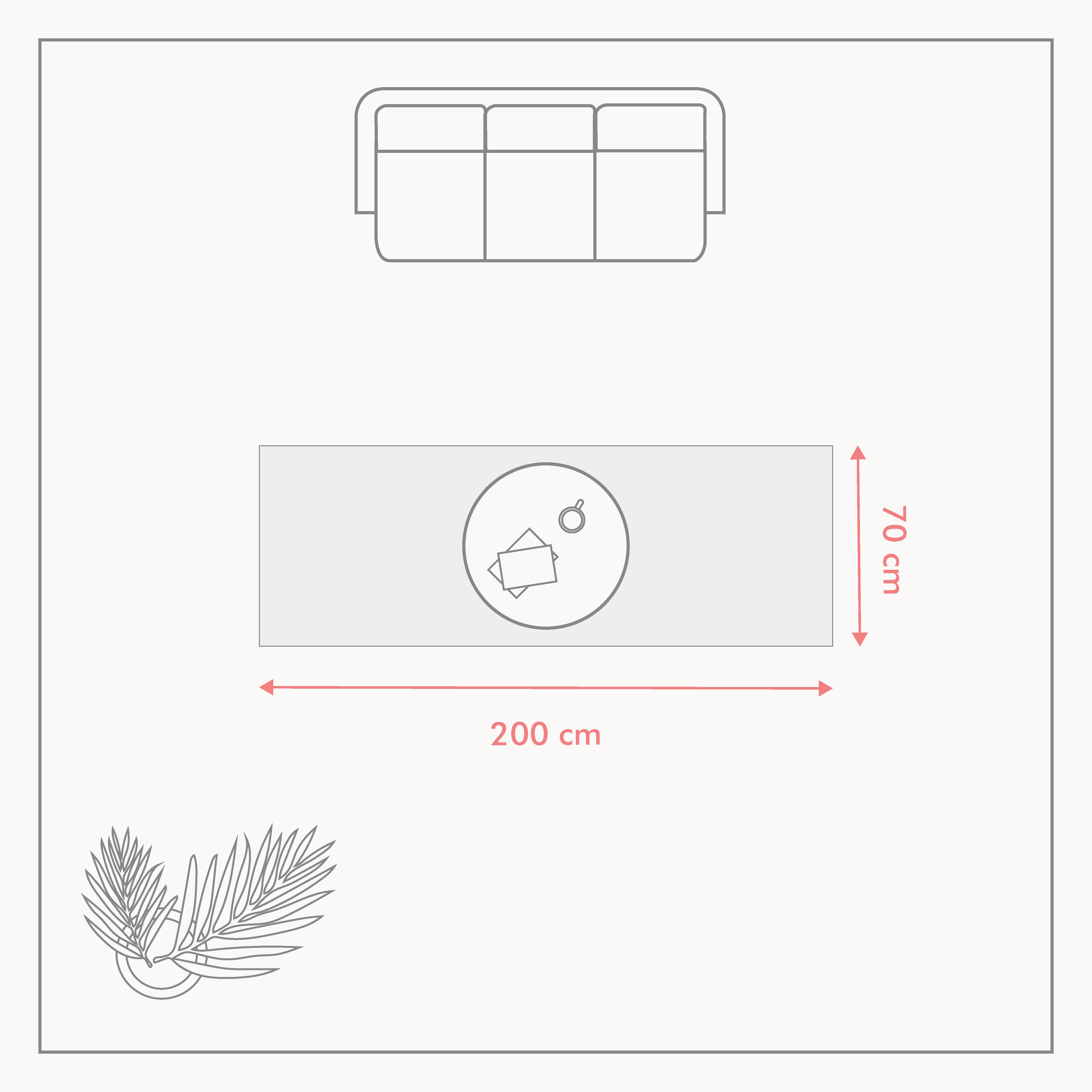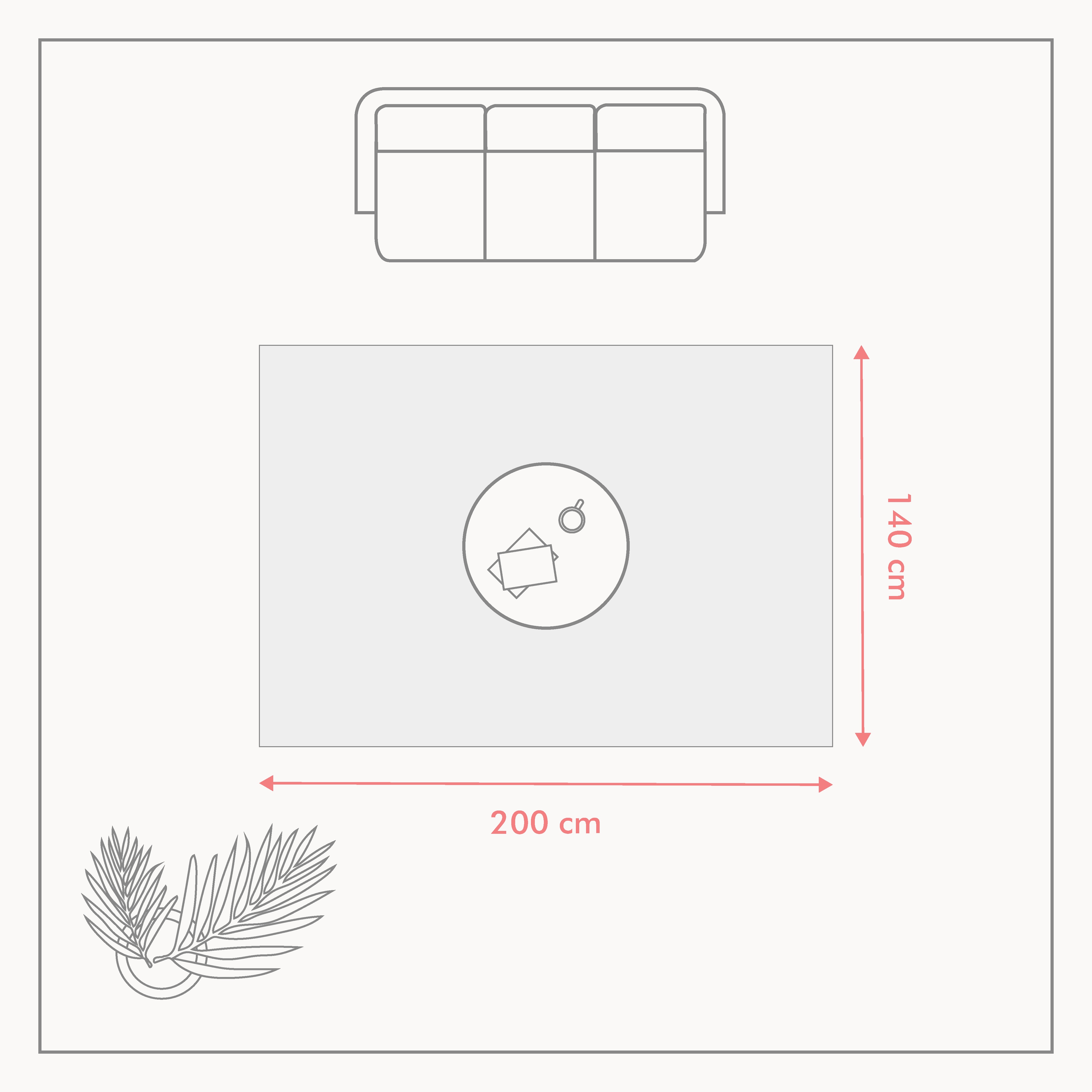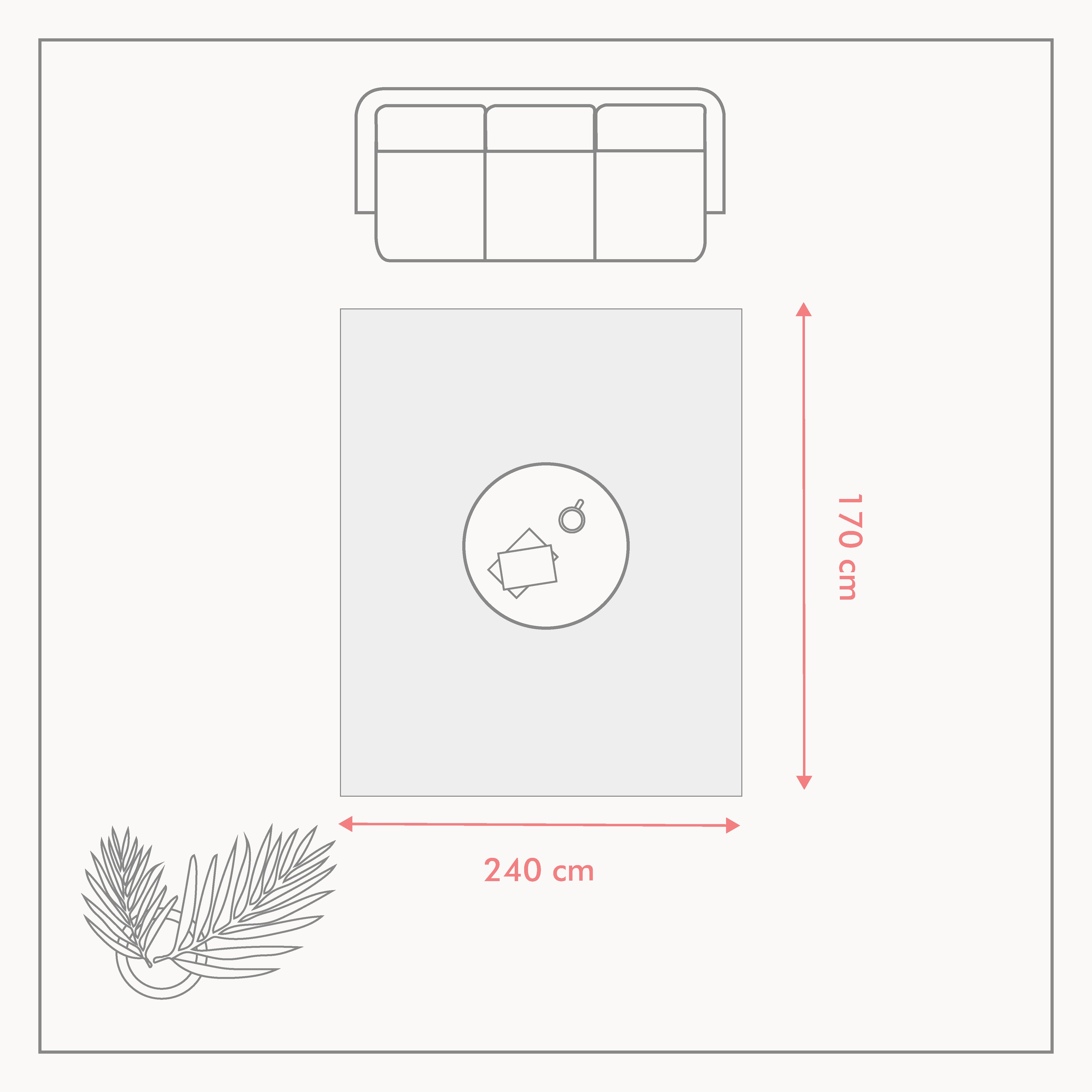Scalloped Jute Runner Rug 200x80cm
1 review
Product Details
Description
Long runner rug in a natural jute weave, with a playful scalloped edge all the way around and a natural brown finish. Each rug is woven by hand using a high-quality, hand spun jute, making it the perfect addition to your hallway, entryway or bedroom décor for a handmade touch. This woven runner rug is 200cm long and 31.5" wide, ideal for laying in narrow floorspaces or alongside your bed for a textural finish.
Features
Style: Runner rug
- Shape:
- Rectangular
- Finish:
- Woven
- Weight:
- 3.2
Dimensions
- Height:
- 200 cm
- Width:
- 80 cm
- Depth:
- 1 cm
Material & Care
- Body: Jute
- Spot clean only
- Refer to use and care leaflet included with product
- For indoor use only
- Keep away from fire
- Domestic use only
More Information
Delivery & Returns
1 review
Rug FAQs
To prolong the life of your rug, we recommend getting it professionally cleaned and reading our care guide.
200x70cm
Runner rugs are perfect for the hallway, landing or galley kitchen, providing a stylish walkway through the room.
180x120cm and 200x140cm
Depending on the size of your space, these shapes are a good focal point in a living room around which to position your sofa and chairs. 
240x170cm
Our extra-large rugs work well underneath most sofa sets. This size is handy for covering up a carpet or floorboards.
Jute is a textured natural fibre with an organic, rustic feel. Jute rugs are very hardwearing, making them a practical choice for high-traffic rooms like hallways as well as sunny rooms, as they don't fade easily.
Wool is a natural fibre that’s stain, water and flame-resistant, making it a great material for rugs. When blended with cotton, wool rugs are soft under foot and durable, with textural depth and natural variations in tone.
Cotton is a soft, natural fibre with a lighter look and feel. Cotton rugs are easy to clean, making them a good choice for kitchens, bedrooms and living rooms.
Most of our rugs are handwoven. The weaving process can be very time consuming, requiring a huge amount of skill and focus. To start, the loom is threaded up with the horizontal thread (weft) and the vertical thread (warp). This allows opposite threads to be moved up and down at different times, so weft threads can be trapped inside. Simple stripes can be created by pulling a weft thread in and out of this warp, whereas more complex designs require pulling the weft threads only through certain sections of the warp.


















































